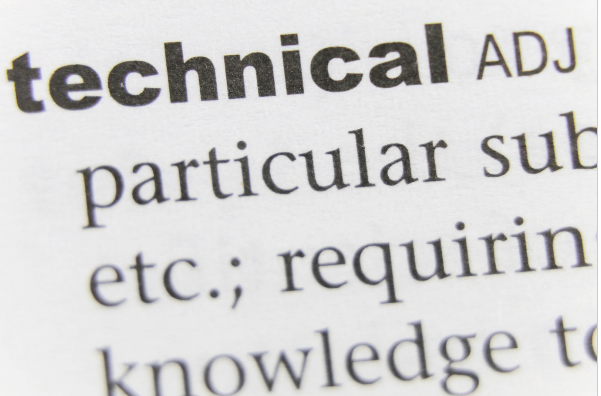Beginner’s guide to technical traders’ lingo

There are many strategies and techniques you can use as an investor to inform your trading decisions. One of which is technical analysis. This method uses charts, graphs, indicators and statistics to examine and analyse data of the market or asset, in order to predict its future movement.
This type of trading is particularly effective for those who open contracts for difference (CFDs) on a trading platform like https://www.plus500.co.uk/Trading/Forex for example, especially when it comes to foreign exchange (forex).
As the forex market has a plethora of historical data, a technical trader can use this analysis to understand the price, volume and short-term movements of the currency pairs. Before you open a position on the financial market, you should always do your research. So, if you’re thinking of using technical analysis as part of your trading strategy, here are some of the terms, from A to Z, that you should know.
Candlestick Charting
At the top of our list, this is the most common form of chart for technical analysis, and enables the trader to track the price movements of an asset over a sustained period of time. Each individual line on the chart, known as the candlestick, shows the highest and lowest value that the asset reached in that time, with the respective top and bottom of the candlestick representing the values.
Where the candlestick appears thicker, is a representative of the opening and closing price positions for that time period, and is called the body. This type of charting can act as a visualisation of the market trends, which allows the trader to interpret future patterns in the market.
Correlation
This term refers to the link between two comparable elements on a chart, such as price or value, and time. The correlation can measure how mutual or different the relationship is, and although it can be seen as a form of direction on some charts, it can be calculated as a range between +1 and -1.
Fibonacci Numbers
These numbers are part of a sequence developed by the mathematician known as Fibonacci. Its basis is a formula such that each number is the sum of the two preceding ones, starting from 0 and 1.
In the trading sector, this has developed into a range of ratios or percentages that traders can implement in their analysis and identify trading opportunities. These include: 23.6%, 38.2%, 50% 61.8%, 78.6%, 100%, 161.8%, 261.8%, 423.6% – which have been calculated by dividing certain numbers in the sequence by other numbers.
These percentages can be used as indicators on a chart, and are known as Fibonacci Levels. For example, when utilising a Retracement technique, a trader would watch between the levels of 23.6% and 78.6% during the waves of impulsive and pullback, to see if the price has a corrective movement in the opposite direction before returning to its usual trend. If the value does indeed fall or rise near one of the Fibonacci and then begins to move back into the trend, a trader may open a position in the trending direction.
Momentum Indicators
This a broad term for the range of indicators that are used to analyse the strength of the market instead of the specific market movements. These types of indicators include:
-
Stochastic Oscillator
-
The Relative Strength Index (RSI)
-
The Moving Average Convergence-Divergence (MACD) Indicator
-
The Average Directional Movement Index (ADX).
A trader using momentum indicators can analyse if an asset’s value at a certain time will show a sustained and notable trend in the market.
Moving Average
This is the average of the closing prices of a financial instrument, over a specified amount of time. The moving average can be used as a technical indicator for upward or downward trends, and therefore a signal to buy or sell.
Support and Resistance
The support and resistance are straight lines on the graph of asset prices over a period of time, that connects three or more points of data. The support usually indicates when a downtrend is expected to pause due to high demand, whereas a resistance occurs when an uptrend is expected to pause due to a concentration of supply.
The areas of support or resistance are identified on the charts by using trendlines and moving averages. A relative trading technique would include only trading between these two levels.
Top-Down and Bottom-Up Approaches
The top-down approach in technical analysis first looks at the overall economy, before then focusing on the different sectors, and then the individual stocks, regarding buying opportunities. A bottom-up approach, however, focuses on particular stocks first, analysing ones that are of interest for potential entry and exit points within prospective trends.





